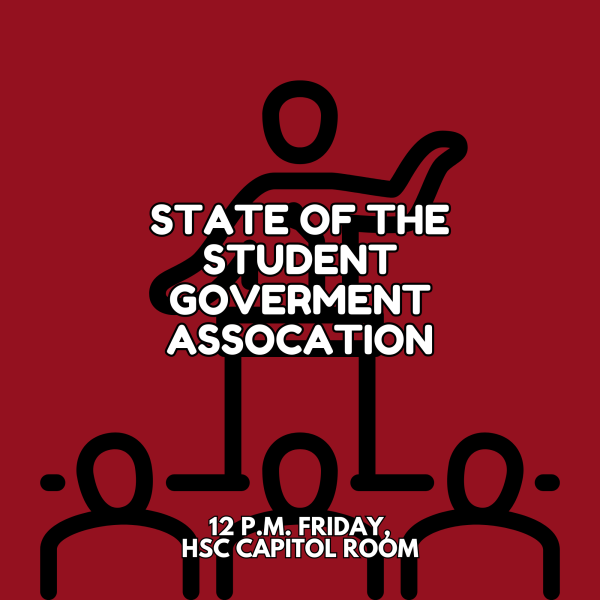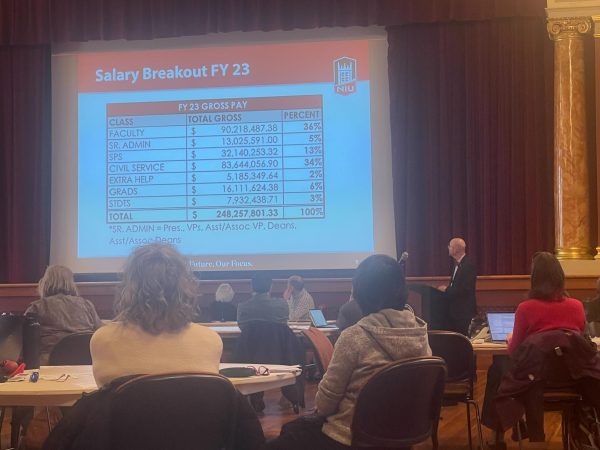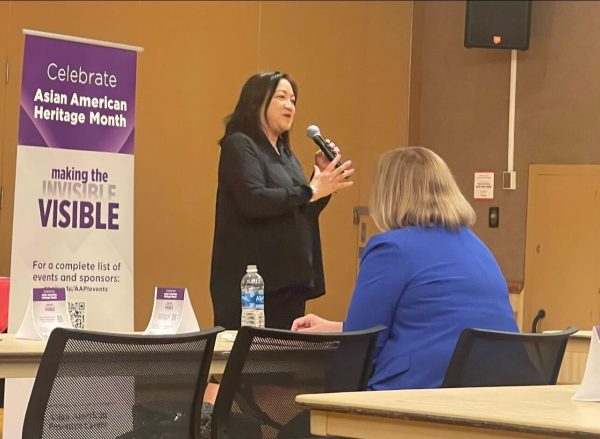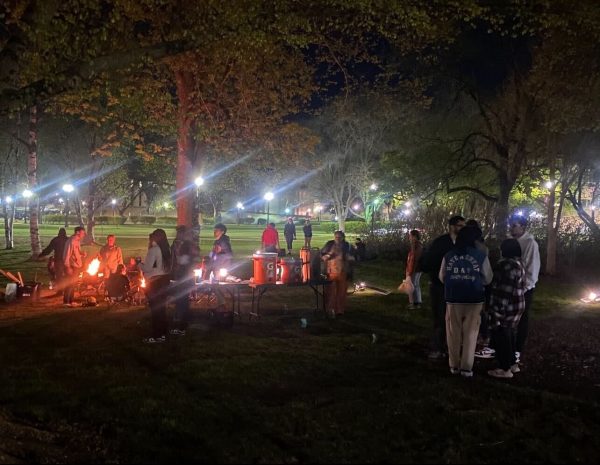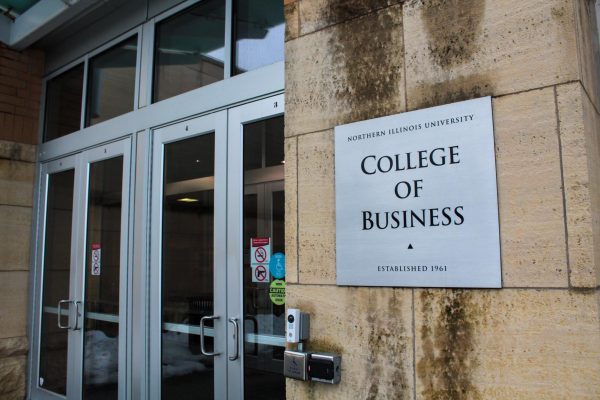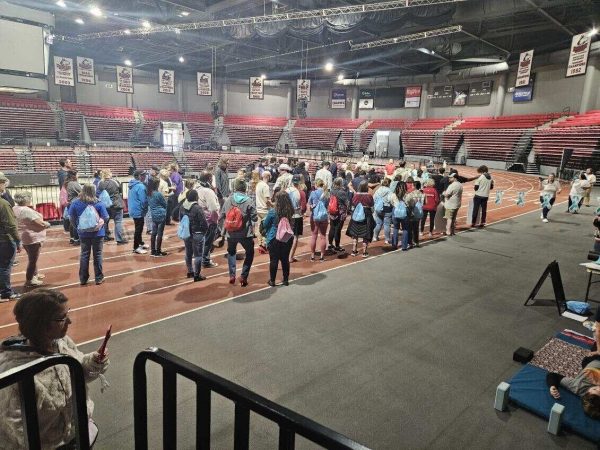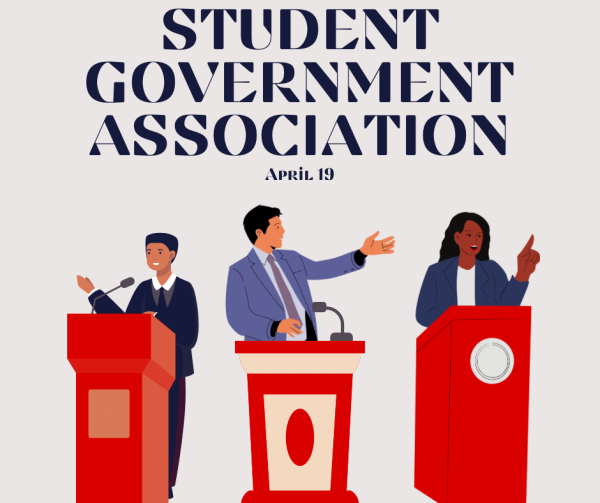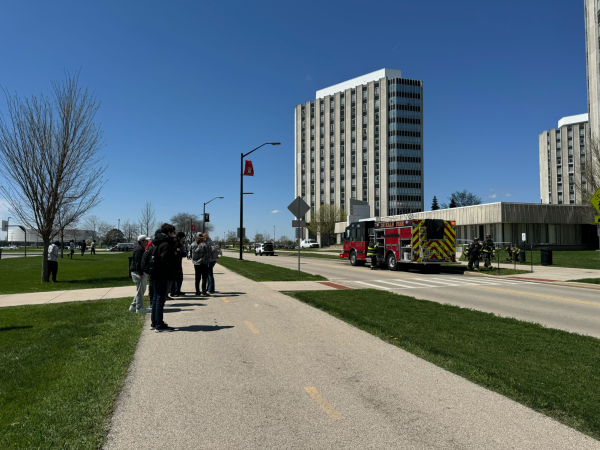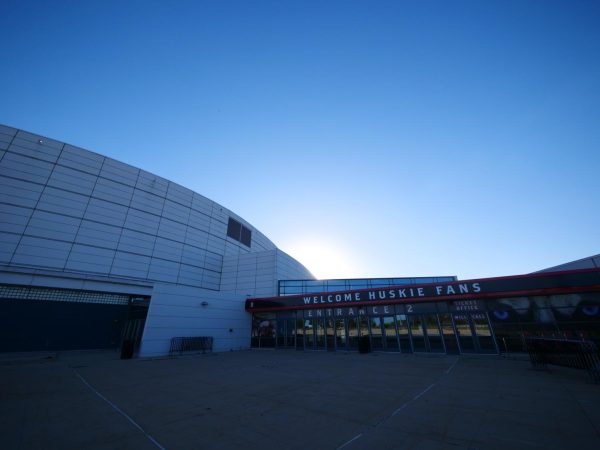Lecture highlights Latino voting base in 2018 Midterm Elections
February 25, 2019
DeKALB — The Center for Latino and Latin American Studies hosted a discussion on the intersection of ethnicity and political engagement Thursday in the Latino Center, 121.
The Center for Latino and Latin American Studies hosted “A Mobilized Electorate: The Latino Vote in the 2018 Midterm Elections” Thursday evening. The event was moderated by Simón Weffer, associate professor for the Department of Sociology and presented by guest lecturer Ricardo Ramirez, associate professor of political science at the University of Notre Dame.
The presentation highlighted the rise of Latin Americans as an emerging political force and different political and media narratives dictating public attention to this phenomenon. By noting the demographic’s low median age and rising numbers in the United States, Ramirez said politicians court Latin Americans to gain crucial votes.
“If you think about Latinos, they’re a hot commodity,” Ramirez said.
Ramirez identified some traits that had kept Latinos from the polls in years prior. He said recent immigrants are unlikely to vote, seeing political participation as garnering unwanted attention while trying to gain citizenship. Ramirez also said Latinos record low instances of political affiliation, choosing to register as independents most of the time.
However, Ramirez said the most important factor in the lack of voter participation from Latinos was the prevalence of voter neglect in non-battleground states. A battleground, or swing state is a state in which elections tend to be a yearly toss up for Democrats or Republicans, such as Ohio or Virginia. In states that are historically Democratic or Republican strongholds, like Illinois or Texas, Latinos were contacted or notified less of upcoming elections or voter issues in non-battleground states, due to observations made about the lack of voting power in these elections.
He opened up the discussion to introduce his theories on various forms of mobilization that occur within voting populations. Ramirez said mobilization is needed to combat voter disenfranchisement to produce more opportunities for Latinos to vote. Of American states with the most costs associated with voting, these include Mississippi, Virginia, Tennessee, Indiana, Texas and Michigan, all with low participation rates from Latinos.
Costs associated with voting may include barriers around participation from lower-income people, such as acquiring correct identification, maintaining registration, gaining transportation to polling places and voting on time otherwise spent at a job.
Through data compiled by Ramirez over many different longitudinal studies, he said 12,230,000 unregistered but voting eligible Latinos live in the U.S. today. 482,000 of that number reside in Illinois alone.
Ramirez spoke on three different mobilization practices relevant to targeting the Latino vote.
First was reactive mobilization, becoming more prevalent as protest politics come to define U.S. elections. Ramirez said reactive mobilization occurs as a response to a real or perceived political threat. However, Ramirez said reactive mobilization doesn’t always dictate voter participation, accounting for low numbers of Latino voters in the 2016 presidential election, despite much public outrage over the Trump administration’s negative rhetoric concerning legal and illegal immigration from Latin America.
He said political polarization may incite feelings of empowerment around the vote, while at the same time stirring cynicism and apathy in those who feel as though their votes don’t matter.
“We shouldn’t assume because Latinos might be upset at the current administration that they’ll inherently turn out to vote,” Ramirez said.
Next was proactive mobilization. Ramirez said this variety manifests as a range of elite-sponsored activities targeting political participation from the infrastructure level. Examples of this phenomenon include efforts to sustain titles of the Voting Rights Amendment of 1965 and increased access for voter registration among lower-income people.
Finally, Ramirez introduced the idea of tactical mobilization, or short-term political efforts focused on specific voting outcomes.
He said tactical mobilization was most relevant at the 2018 midterms, in which the Democratic Congressional Campaign Committee [DCCC] cited a 174% increase in voter participation among Latinos. The DCCC credited this surge to aggressive marketing campaigns targeted at young people. Ramirez said the median age for Latinos in the U.S. is the youngest out of all other demographic groups, at 28.5.
Ramirez said discussions around the metrics of voting in the U.S. are becoming more relevant each day. Advertisement spending for the 2018 midterm elections reached $3 billion alone. The 2018 Illinois gubernatorial election itself became one of the most expensive in recent memory, with $128 million spent.
Students attending the event expressed their desires to learn more about this phenomenon.
Freshman political science major Khun Phe said he wasn’t aware of the precision in determining population metrics in voting prior to attending the lecture. He said he’d be open to attending similar discussions in the future, especially those concerned with voting habits among Asian-Americans.
Senior history major Luis Sanchez said he learned more about the political influence of Latin-Americans as a tool for politicians’ success.
Senior sociology major Erick Salazar said he’d been aware of Latinos’ political influence, but not to the extent Ramirez highlighted in the lecture.
“I knew about [Latinos’] potential because the media kept saying we’d have an impact,” Salazar said. “I never knew we weren’t being targeted specifically. What really got me was Latinos’ lack of alliance to one specific party, so that if one party invests enough money, they can get voters to go with them, which is crazy.”




